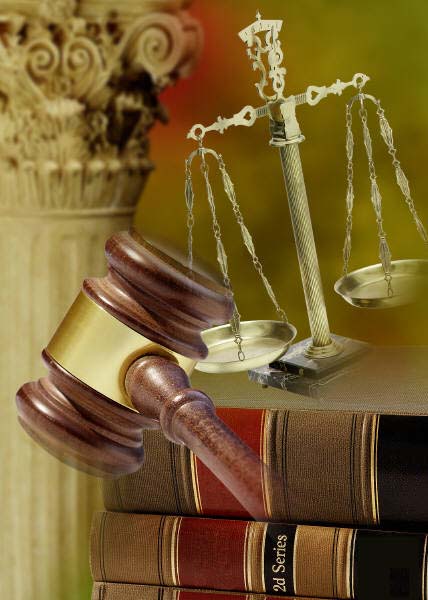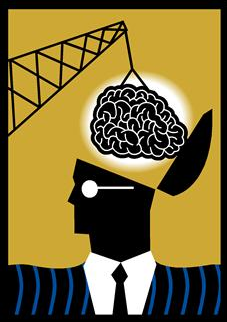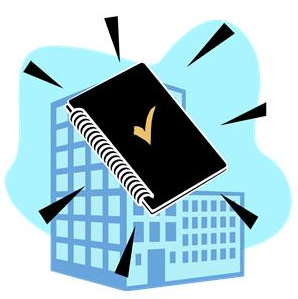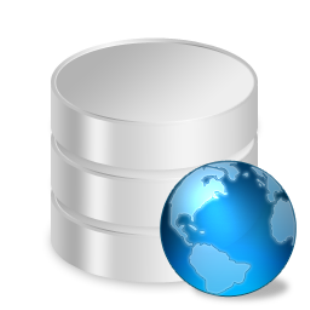eDiscovery Trends: Brian Schrader of Business Intelligence Associates (BIA)

This is the fifth of the 2012 LegalTech New York (LTNY) Thought Leader Interview series. eDiscoveryDaily interviewed several thought leaders at LTNY this year and generally asked each of them the following questions:
- What do you consider to be the emerging trends in eDiscovery that will have the greatest impact in 2012?
- Which trend(s), if any, haven’t emerged to this point like you thought they would?
- What are your general observations about LTNY this year and how it fits into emerging trends?
- What are you working on that you’d like our readers to know about?
Today’s thought leader is Brian Schrader. Brian is Co-Founder and President of Business Intelligence Associates, Inc. (BIA). Brian is an expert and frequent writer and speaker on eDiscovery and computer forensics topics, particularly those addressing the collection, preservation and processing functions of the eDiscovery process.
What do you consider to be the emerging trends in eDiscovery that will have the greatest impact in 2012?
Well, I think you don't have to walk around the floor very much to see that this year everybody is talking about predictive coding. I think you're going to see that shake out a lot over the next year. We've been doing predictive coding for about a year and a half now, and we have our own algorithms for that. We have our review teams, and they've been using our algorithms to do predictive coding. We like to call it “suggestive coding”.
What I expect you’ll find this year is a standard shakeout among providers because everybody talks about predictive coding. The question is how does everybody approach it? It's very much a black-box solution. Most people don't know what goes on inside that process and how the process works. So, I think that's going to be a hot topic for a while. We're doing a lot of predictive coding and BIA is going to be announcing some cool things later this year on our predictive coding offerings.
Every provider that you talk to seems to have a predictive coding solution. I'm really looking forward to seeing how things develop, because we have a lot of input on it and a lot of experience. We have our review team that is reviewing millions and millions of documents per year, so we can compare various predictive coding engines to real results. It gives us the ability to review the technology. We look forward to being part of that conversation and I hope to see a little bit more clarity from the players and some real standards set around that process.
The courts have now also started to look at these algorithmic methods, Judge Peck in particular. Everybody agrees that key word searching is inadequate. But, people are still tentative about it – they say “it sounds good, but how does it work? How are we going to approach it?”
Which trend(s), if any, haven’t emerged to this point like you thought they would?
Frankly, I thought we'd see a lot more competition for us in data collection. A huge pain point for companies is how to gather all their data from all over the world. It's something we've always focused on. I started to see some providers focus on that, but now it looks like everybody, even some of the classic data collection providers, are focusing more on review tools. That surprises me a bit, though I'm happy to be left with a wide-open field to have more exposure there.
When we first came out with TotalDiscovery.com last year, we thought we'd see all sorts of similar solutions pop up out there, but we just haven't. Even the traditional collection companies haven't really offered a similar solution. Perhaps it’s because everybody has a “laser focus” on predictive coding, since document review is so much more expensive. I think that has really overpowered the focus of a lot of providers as they've focused only on that. We have tried to focus on both collection and review.
I think data processing has become a commodity. In talking to customers, they don't really ask about it anymore. They all expect that everybody has the same base level capabilities. Everybody knows that McDonald's secret sauce is basically Thousand Island dressing, so it’s no longer unique, the “jig is up”. So, it's all about the ends, the collection, and the review.
What are your general observations about LTNY this year and how it fits into emerging trends?
Well, predictive coding again. I think there's an awful lot of talk but not enough detail. What you're seeing is a lot of providers who are saying “we’ll have predictive coding in six months”. You're going to see a huge number of players in that field this year. Everybody's going to throw a hat in the ring, and it's going to be interesting to see how that all works out. Because how do you set the standards? Who gets up there and really cooperates?
I think it's really up to the individual companies to get together and cooperate on this. This particular field is so critical to the legal process that I don't think you can have everybody having individual standards and processes. The most successful companies are going to be the ones that step up and work together to set those standards. And, I don't know for sure, but I wouldn't be surprised if The Sedona Conference already has a subcommittee on this topic.
What are you working on that you’d like our readers to know about?
Our biggest announcement is around data collection – we've vastly expanded it. Our motto is to collect “any data, anytime, anywhere”. We've been providing data collection services for over a decade, and our collection guys like to say they've never met a piece of data they didn't like.
Now, we've brought that data collection capability direction to TotalDiscovery.com. The latest upgrade, which we’re previewing at the show to be released in March, will offer the ability to collect data from social media sites like Facebook, Twitter, as well as collections from Webmail and Apple systems. So, you can collect pretty much anything through TotalDiscovery.com that we have historically offered in our services division. It gives you a single place to manage data collection and bring it all together in one place, and then deliver it out to the review platform you want.
We’re on a three-week development cycle, which doesn’t always mean new features every three weeks, but it does mean we’re regularly adding new features. Mid-year in 2011, we added legal hold capabilities and we’ve also recently added other components to simplify search and data delivery. Now, we’ve added expanded collection for social media sites, Webmail and Apple. Later this year, we expect to release our predictive coding capabilities to enable clients to perform predictive coding right after collection instead of waiting until the data is in the review tool.
Thanks, Brian, for participating in the interview!
And to the readers, as always, please share any comments you might have or if you’d like to know more about a particular topic!





